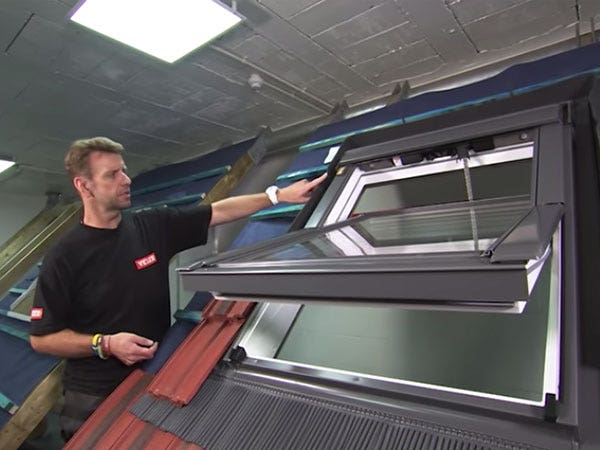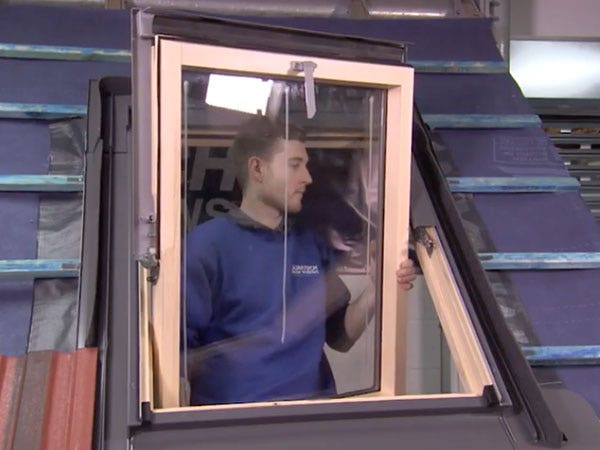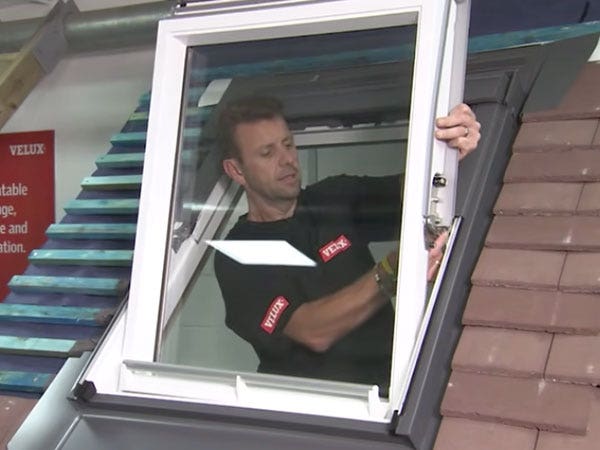Most homeowners don't give their roof's drainage a second thought—until there's a problem. That leaky ceiling or mouldy attic often traces back to one overlooked aspect of your home: how water moves off your roof. Even top-quality materials will fail prematurely without proper water management.
Why Roof Drainage is Essential
Think of your drainage system as your roof's unsung hero, quietly protecting your entire home from water damage day after day, year after year.
Prevents Water Pooling and Leaks
Ever noticed dark patches on your ceiling after a heavy downpour? That's what happens when water sits on your roof instead of draining away. Standing water eventually finds its way through even tiny gaps in your roofing material.
Water always follows gravity, and without proper drainage, it'll keep pressing against your roof until it finds a weakness. Once inside, that moisture can soak insulation, rot timber, and even compromise electrical systems. A properly draining roof stops these problems before they start.
Reduces Structural Damage and Roof Deterioration
Water is heavier than most people realise. A small puddle might not seem threatening, but when it sits on your roof for days, that weight stresses the structure underneath. Roofing materials weren't designed for this constant pressure.
Wooden roof elements rot when regularly damp. Metal components rust. Shingles lose their protective granules. Even stonework isn't immune—water gets into tiny cracks, freezes, expands, and gradually breaks apart mortar and masonry.
Extends Roof Lifespan
Replacing a roof costs thousands of pounds. Good drainage can double or even triple your roof's life expectancy. It's simple maths—less water damage means fewer repairs and a much longer time before replacement becomes necessary. Investing in the best roofing panels for durability makes sense only when paired with proper drainage to protect that investment.
Prevents Ice Dams in Cold Weather
Winter brings its own drainage challenges. As snow melts on warmer sections of your roof and then refreezes at the colder edges, ice dams form. These barriers trap more melting snow behind them, creating pools of water with nowhere to go but down—through your roof. Proper drainage helps prevent this seasonal headache.
Common Roof Drainage Solutions
Every roof needs a system that efficiently channels water from the highest point to the ground.
Gutters and Downspouts
The most familiar drainage components, gutters collect water at roof edges while downspouts carry it to ground level. They seem simple, but details matter—gutter size, slope, material, and positioning all affect how well they handle heavy rainfall.
Aluminium gutters remain popular for their lightweight durability, while copper offers premium performance with a distinctive look that develops a beautiful patina over time. Whatever your choice, proper installation matters as much as material quality.
Roof Slope and Drainage Design
Your roof's pitch directly affects drainage speed. Steeper roofs shed water more quickly, reducing potential damage. Flat or low-slope roofs need more carefully engineered drainage solutions to prevent pooling.
Some older properties have complex roof structures with multiple valleys and slopes. Each junction creates a potential trouble spot if drainage wasn't properly considered during construction or renovation.
Scuppers and Internal Drains
Commercial buildings often use scuppers—openings in parapet walls that allow water to exit—alongside traditional guttering. Internal drainage systems run pipes through the building itself, carrying water from roof level directly to ground drainage.
French Drains and Soakaways
What happens to water after it leaves your downspouts matters too. These ground-level solutions prevent water from collecting around your foundation, completing the drainage journey from roof to subsoil.
Common Drainage Problems and How to Fix Them
Even well-designed systems develop issues over time. Catching these early saves significant hassle and expense.
Clogged Gutters and Downspouts
The most common drainage problem happens when leaves, moss, and debris block water flow. Regular cleaning prevents overflow that can damage fascia boards and soffits or seep into wall cavities.
Gutter guards offer some protection but aren't maintenance-free. Depending on surrounding trees, you might need to clean gutters anywhere from twice yearly to quarterly.
Poor Roof Slope and Water Pooling
Spotting water that sits on your roof 24 hours after rainfall signals inadequate slope or sagging areas. Small adjustments by adding tapered insulation can sometimes solve the problem without major work.
Frozen or Blocked Drains in Winter
Winter brings specific challenges when temperatures drop below freezing. Partly melted snow refreezes in gutters and downspouts, creating solid blockages. Heat cables offer one solution, but proper insulation and roof ventilation help prevent ice dam formation in the first place.
Overflowing or Misaligned Downspouts
When downspouts discharge too close to foundations, they create more problems than they solve. Extensions, splash blocks, or underground drain pipes direct water safely away from your home's structural elements.
Maintenance Tips to Ensure Proper Drainage

Regular attention keeps small issues from becoming big problems.
Regular Roof and Gutter Inspections
Check your roof and drainage system after autumn leaf-fall and again in spring. Look for sagging gutters, damaged downspouts, and signs of standing water or water damage inside your roof space.
Clearing Leaves and Debris
Remove blockages before they cause overflow. A garden hose can test downspout flow—water should run freely all the way to the exit point without backing up.
Checking for Standing Water
After heavy rain, grab binoculars and safely inspect your roof from ground level. Water should clear completely within hours. Persistent puddles need addressing before they cause leaks.
Ensuring Proper Downspout Functionality
Make sure water exits downspouts at least 1.5 metres from your foundation. Extensions are cheaper than foundation repairs—by several orders of magnitude.
Final Thoughts
Your roof silently protects everything you own. Its drainage system deserves attention before problems arise. A little maintenance goes remarkably far in extending roof life and preventing the cascade of issues that water damage brings. Whether you're building new, renovating, or simply maintaining your current home, make drainage a priority—your future self will thank you.






